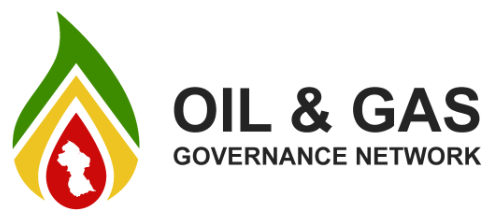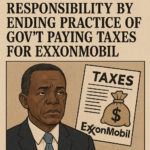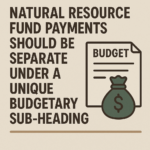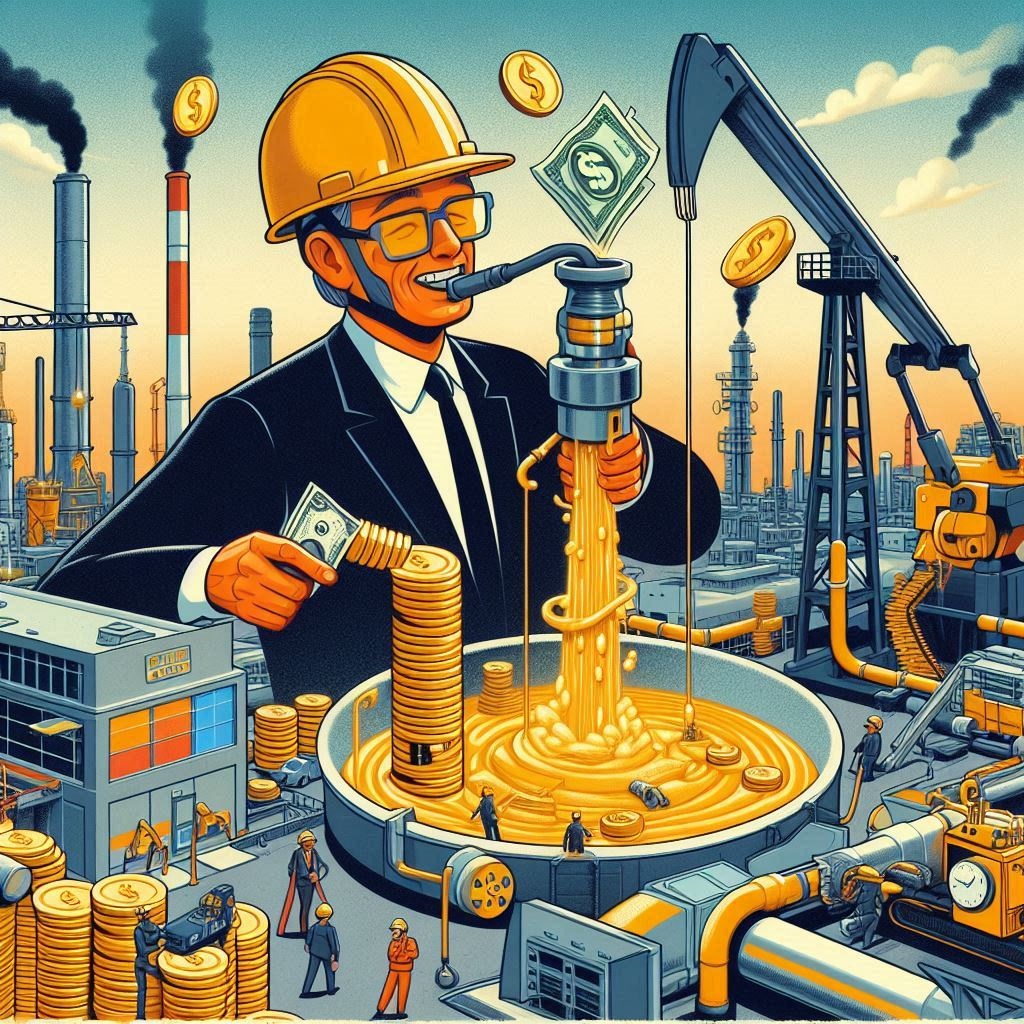The myth of an electricity subsidy in T&T and the forces behind it
THE Energy Chamber of Trinidad and Tobago, which over the past few years has led an aggressive campaign to remove the ‘electricity subsidy’ for consumers in T& T, is governed by a 15-member board of directors of which seven are from the foreign companies in the upstream segment of the industry (extractors of natural gas like BP and Shell) and the downstream segment (converters of gas into easily exportable commodities, like Atlantic LNG, and the owners of processing plants in Pt Lisas).
This, in spite of that group representing only 5% of the Chamber’s entire membership. This is not an oddity. It is in fact enshrined in the Chamber’s bylaws, where members are classified by revenue, which gives them disproportionate voting rights to elect board members based on that distinction.
In light of the absence from this part of T& T’s society of the equal opportunity aspect of democracy, which we have so long cherished and taken for granted, it is not surprising that the consequence of their lobbying efforts for the removal of affordable natural gas from T& T’s citizens and businesses is aimed at increasing their profits.
What is a subsidy?
As important as the concept is, it is surprising to find that there appears to be no standard definition of a subsidy. The use of the term seems to have evolved to suit different circumstances.
As a layman, the traditional description as a selling price below the cost of production or the ‘market price’ appears to be a sensible one.
So is the other common one, whereby a government gives some payment in kind, or exemption from, or reduction in tax, to make a good or service affordable to individuals or businesses, in order to serve a common good-such as creating jobs, or enhancing the economy or quality of life. These practices are common all over the world. Industrialised nations like the US and UK, our biggest trading partner and former colonial master, heavily subsidise their farmers and other ‘strategic’ industries, as well as ‘essential services,’ such as education.
Over the centuries, powerful nations, who have a vested interest in protecting the livelihoods and economies of their people, have grown accustomed to exploiting the labour and resources of poorer, weaker countries at low prices, so as to transfer the benefit to their own people.
In recent times, multilateral agencies and other agents of these developed countries have introduced the notion that selling in the domestic market at a price lower than that on the international ‘open’ market is a form of subsidy. As absurd as this concept is, many of our own economists and academics have drunk the Kool-Aid and continue to preach this as dogma.
Petroleum (oil and gas) subsidy in T& T It’s codified in law!
In response to the massive increases in the price of oil brought about by the Arab oil embargo of 1973, the T& T government introduced measures to stabilise the economy and protect the quality of lives of citizens via the Petroleum Production Levy and Subsidy Act of 1974. This law provided for a levy to be charged against upstream oil producers, who otherwise stood to benefit disproportionately from the increased revenue they received from selling the nation’s oil.
Since the market conditions that created these higher prices and profits were beyond the control or influence of the oil and gas producing companies, the government of the day recognised that it is the commodity itself that creates the availability of higher revenue, not any action by the companies. In its wisdom and as its duty in looking after the interests of its citizens, the government took the decision that as resource owners, the people should benefit from the increased profitability of their natural resources rather than be penalised for it by having to pay higher prices for the fuels produced from it.
The capture of that extra share of value was facilitated by the levy on the producing companies, which was then used to pay for the higher price of fuels bought by the population. This transfer is what we know as the ‘fuel subsidy’ in T& T. It should be noted here that even though the fuels were produced in country, using local oil and gas, the pricing mechanism was one used when the refinery was still owned by Texaco, based on a foreign market, rather than on a cost of production measure. That’s another story, as is the abuse of that subsidy.
This levy offset increases in prices in the domestic market for traditional petroleum fuels (diesel, gasoline, kerosene and LPG) by way of a subsidy to end-consumers. To do otherwise, allowing T& T nationals to pay an arbitrary price for something they produced at a lower price, would be effectively punishing its citizens in order to profit an outsider.
By way of analogy, countries around the world, including major economies, routinely introduce a Windfall Profits Tax when prices get very high, to ensure that the owner of the resource gets a bigger share of the profit, in line with the disproportionate contribution the resource makes to the increased revenue.
It is of interest to note that the Petroleum Act of 1969 makes provision for the fixing of prices for fuel products (gasoline, diesel, kerosene, LPG and Compressed Natural Gas) in the domestic market and the subsidy attached. The responsibility for this lies jointly with the ministers of energy and finance. As these two have access to all the information on costs incurred by the producing companies, they are well positioned to understand and set an appropriate level of subsidy, if a cost plus profit margin formula were to be used.
Gas is not subsidised: this, too, is codified in law!
The Petroleum Production Levy and Subsidy Act specifically excluded gaseous petroleum products from both the subsidy and the levy. In other words, the law excludes natural gas from being subsidised and natural gas producers from paying a levy. (Why this was allowed to continue, as was the failure to introduce a windfall profits tax on gas when prices reached $16 per mmbtu, when concessions, including tax holidays, were made for an expected market price of $1 to $2, is also another story.)
So why the hullaballoo about electricity subsidy?
In its lobbying for an increase in electricity prices, the Energy Chamber argues that the natural gas used for electricity generation is subsidised, as it would get a higher price in a foreign market. Their preferred definition of subsidy is one that transfers the benefit of the gas to the outside parties, bolstered by the ‘promise’ that this will result in higher tax revenues to the State which could then be used to provide services to the people.
As the Poten and Partners report of 2015 on the Natural Gas Master plan has shown-and as I have demonstrated in various articles over the past 20 years in highlighting the choice by successive ministers of finance to not uphold the law (Petroleum Taxes Act, Second Schedule) by not fulfilling their obligations to put in place the prescribed Permanent Petroleum Pricing Committee for determining the actual taxes due and prevent the common practice of transfer pricing-it is clear that we have been unable or unwilling to collect our fair share of revenue.
As for advocating that the Government uses what revenue it collects to provide services to benefit citizens, it is ironic that the same agents of the developed countries who expound the virtues of the privatising public services because governments are inefficient, use the other side of their mouth when convenient.
Article 28 of the Energy Chamber’s bylaws gives us a clue: ‘There will be an executive committee of the board, comprising the chairman, three deputy chairmen, the secretary, treasurer and president/ chief executive officer. The executive committee is selected by the board from amongst board members. The executive committee shall oversee the management of the business of the Chamber, in accordance with the policies, procedures and strategies approved by the board.’
Of the seven members of the current executive committee, three represent multinationals, one represents a local/foreign JV, two represent local firms and the CEO is an ex-officio member. (https:// energynow.tt/blog/the-energy-chambers- advocacy-initiatives-and-foreign- exchange-availability) It is no wonder, then, that at the heart of their advocacy is the removal of electricity subsidy from T& T persons and companies, favouring instead that the benefits of our gas should go to those multinationals who disproportionately influence their work.
In fact, ever since the publication of the Natural Gas Master Plan and the Government’s bluster about recovering the US$16 billion-plus in taxes avoided by BP and Shell from transfer-pricing of LNG between 2010 and 2016, the Energy Chamber has been on an aggressive campaign to remove the ‘subsidy’ from electricity in T& T.
So successful has their advocacy been, that it is taken for granted that electricity in T& T is indeed subsidised.
But is our electricity subsidised? Really?
Guess who really gets an electricity subsidy on natural gas prices?
According to the Ministry of Energy’s most recent Bulletin, T& T’s daily natural gas production for January to September 2024 averaged 2,492 million standard cubic feet per day (mmscfd). Of that, 270 mmscf (or 10.8%) was used for power generation.
Meanwhile 104 mmscfd is unaccounted for in the Bulletin. This typically falls into one or more of five categories which are likely reported to the ministry, but does not appear in the Bulletin: 1. Gas that is compressed and returned into underground reservoirs for retaining pressure in oil wells.
2. Flaring (burning) on the production site, usually as a safety measure in T& T.
3. Venting unburned natural gas (methane) into the atmosphere, again as a safety precaution where flaring may not be possible.
4. Uncontrolled leakage from pipelines or facilities.
5. In-field use, typically for power generation in or near the producing oil/gas fields.
Of these, there is very little of the first four in T& T at the moment, meaning that most of this gas is used by the oil and gas producing companies for power generation in their operations.
Under law, the ministers of energy and finance have the responsibility to determine the price these companies pay for this gas, but they have traditionally-and still-give it to them for free, decades after natural gas became a commercial commodity. Further, they can determine the level of royalty, but again, continue to give it away free of royalty.
So the oil and gas companies use around 100 mmscfd of T& T’s gas for free.
Meanwhile, domestic users consume 30-33% of the electricity generated in T& T, which works out to 81-90 mmscfd. Less than the oil companies. Yet they have been pushing hard for an increase in the price we pay for our own gas, while they use more than we do for free.
You can’t make up these things!
How can we fix this?
In many oil and gas-producing countries, the electricity regulator determines the cost of fuel based on a cost-plus-profit formula or domestic market price. Where there is no significant market, they determine the domestic market price-not some unrelated market somewhere else in the world.
In T& T that is not the case. Our price for gas is determined by the National Gas Company, a commercial entity which negotiates prices, likely based on some international benchmark, rather than the cost of production and who may at some time be incentivised by having a higher cost, of gas, as their margin will automatically translate to higher revenue.
With a mechanism similar to that used for other fuels, the ministers of energy and finance could and should determine the price of natural gas for electricity, since the RIC has no locus standi in making that determination under the current practice.
For a country that has prided itself on having a 60-year old natural gas industry, with many innovations, T& T lags even the recent market entrants in its governance framework. Aside from not having implemented regulations specific to the nuances of natural gas, we have never introduced, as is common practice, rules for Domestic Market Obligations or determining a domestic market price.
That is what applies in truly independent, well-governed jurisdictions. To get what suits us requires that we analyse and understand our own circumstances and derive our own solutions, drawing on experienced and committed support where needed.
Independent thought is our only route to true freedom.
• Anthony Paul is neither a lawyer nor an economist. He has worked in various roles in the oil and gas industry, studied English comprehension at Woodbrook Presbyterian School and is chairman of the board of the Lloyd Best Institute of the Caribbean (https:// www.thelloydbestinstitute.org) and a member of the board of the Natural Resources Governance Institute (resourcegovernance.org).








